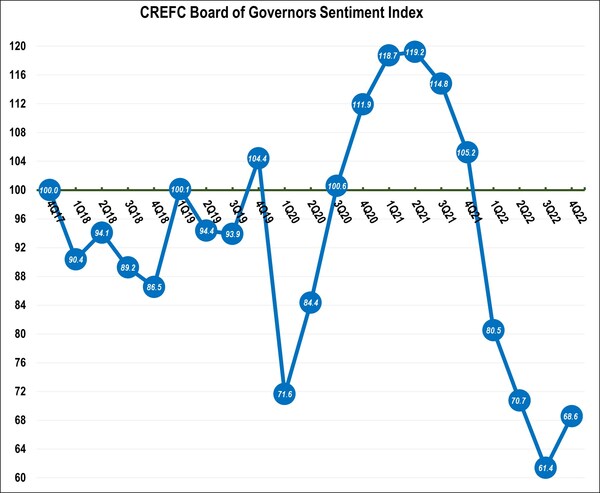home seller profits top 50% despite market slowdown
Profits on Typical Sales Nationwide Rise from 45 percent to 51 Percent; National Median Home Price for Full Year Up 10 Percent to $330,000; Home Sellers Continue Staying in Their Homes Less Than Six Years ATTOM, a leading curator of real estate data nationwide for land and property data, released its Year-End 2022 U.S. Home Sales Report, which shows that home sellers nationwide realized a profit of $112,000 on the typical sale
Read More








